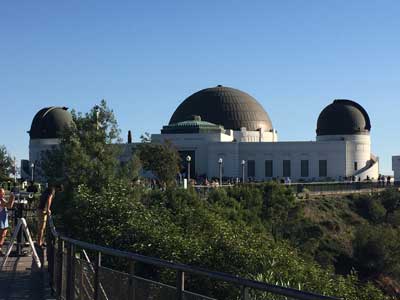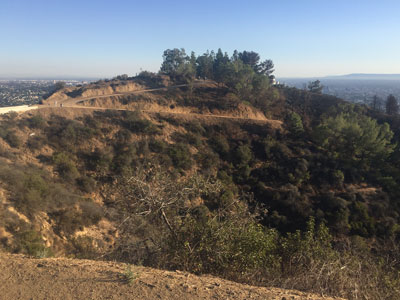Hollywood, CA Travel Guide
Neighborhood in the central region of Los Angeles. Its name has come to be a shorthand reference for the U.S. film industry and the people associated with it
Places to See in Hollywood, CA
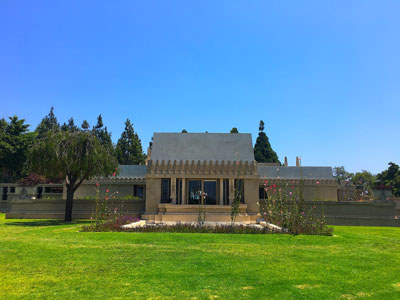
Codera23, CC BY-SA 4.0, via Wikimedia Commons; Image Size Adjusted
-400.jpg)
© Pierre André, CC BY-SA 4.0, via Wikimedia Commons; Image Size Adjusted

MikeJiroch, CC BY-SA 3.0, via Wikimedia Commons; Image Size Adjusted
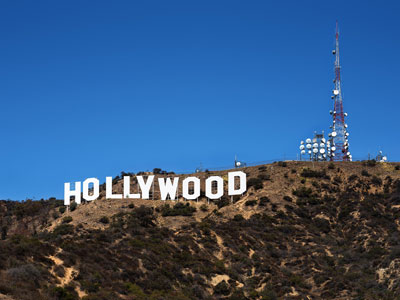
Thomas Wolf, www.foto-tw.de, CC BY-SA 3.0, via Wikimedia Commons; Image Size Adjusted
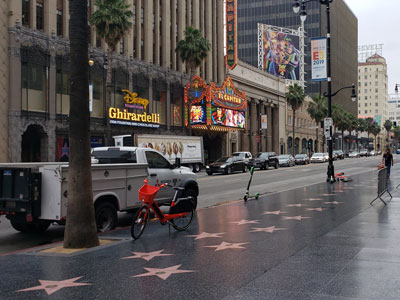
Luijtenphotos, CC0, via Wikimedia Commons; Image Size Adjusted
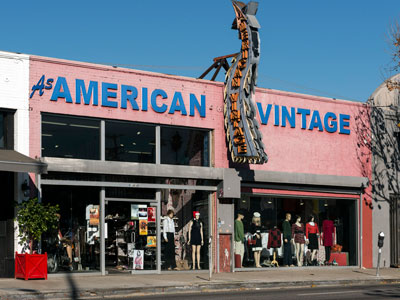
Carol M. Highsmith, Public domain, via Wikimedia Commons; Image Size Adjusted

Carol M. Highsmith, Public domain, via Wikimedia Commons; Image Size Adjusted
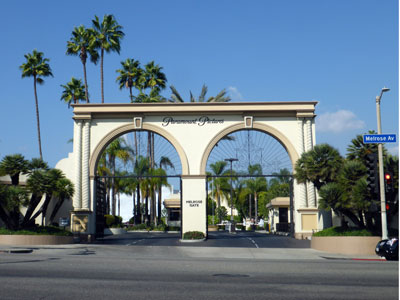
Coolcaesar, CC BY-SA 4.0, via Wikimedia Commons; Image Size Adjusted
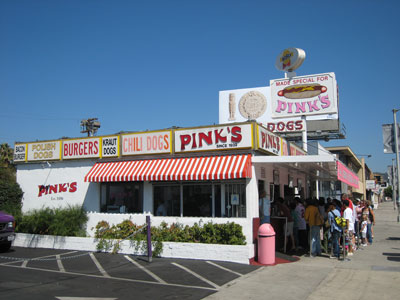
Minnaert, CC BY-SA 3.0, via Wikimedia Commons; Image Size Adjusted
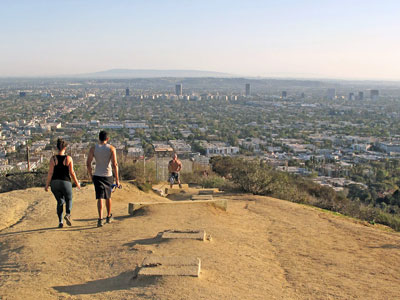
Downtowngal, CC BY-SA 4.0, via Wikimedia Commons; Image Size Adjusted

MikeJiroch, CC BY-SA 3.0, via Wikimedia Commonss; Image Size Adjusted
-400.jpg)
Justin Higuchi, CC BY 2.0, via Wikimedia Commons; Image Size Adjusted

Richard Vokolek, CC BY-SA 4.0, via Wikimedia Commons; Image Size Adjusted

Breakfast221, CC BY-SA 4.0, via Wikimedia Commons; Image Size Adjusted
Overview
Hollywood is a neighborhood in the central region of Los Angeles, California. Its name has come to be a shorthand reference for the U.S. film industry and the people associated with it. Many of its studios such as Disney, Paramount Pictures, Warner Bros., and Universal Pictures were founded there; Paramount still has its studios there.
Daeida Wilcox, who donated land to help in the development of Hollywood, learned of the name Hollywood from an acquaintance who owned an estate by that name in Illinois. Mrs. Wilcox is quoted as saying, "I chose the name Hollywood simply because It sounds nice and because I'm superstitious and holly brings good luck." She recommended the same name to her husband, Harvey H. Wilcox, who had purchased 120 acres on February 1, 1887.
In 1910, the city voted for a merger with Los Angeles in order to secure an adequate water supply and to gain access to the L.A. sewer system. With annexation, the name of Prospect Avenue was changed to Hollywood Boulevard and all the street numbers were also changed.
By 1912, major motion-picture companies had set up production near or in Los Angeles. In the early 1900s, most motion picture patents were held by Thomas Edison's Motion Picture Patents Company in New Jersey, and filmmakers were often sued to stop their productions. To escape this, filmmakers began moving out west to Los Angeles, where attempts to enforce Edison's patents were easier to evade. Also, the weather was ideal and there was quick access to various settings. The mountains, plains and low land prices made Hollywood a good place to establish film studios.
Director D. W. Griffith was the first to make a motion picture in Hollywood. His 17-minute short film In Old California (1910) was filmed for the Biograph Company. Although Hollywood banned movie theaters—of which it had none—before annexation that year, Los Angeles had no such restriction.
The first studio in Hollywood, the Nestor Company, was established by the New Jersey-based Centaur Company in a roadhouse at 6121 Sunset Boulevard (the corner of Gower), in October 1911. Four major film companies - Paramount, Warner Bros., RKO, and Columbia - had studios in Hollywood, as did several minor companies and rental studios. In the 1920s, Hollywood was the fifth-largest industry in the nation. By the 1930s, Hollywood studios became fully vertically integrated, as production, distribution and exhibition was controlled by these companies, enabling Hollywood to produce 600 films per year.
Hollywood became known as Tinseltown and the "dream factory" because of the glittering image of the movie industry.
A large sign reading HOLLYWOODLAND was erected in the Hollywood Hills in 1923 to advertise a housing development. In 1949, the Hollywood Chamber of Commerce entered a contract with the City of Los Angeles to repair and rebuild the sign. The agreement stipulated that LAND be removed to spell HOLLYWOOD so the sign would now refer to the district, rather than the housing development.
The Capitol Records Building on Vine Street, just north of Hollywood Boulevard, was built in 1956, and the Hollywood Walk of Fame was created in 1958 as a tribute to artists and other significant contributors to the entertainment industry. The official opening was on February 8, 1960.
The Dolby Theatre, which opened in 2001 as the Kodak Theatre at the Hollywood & Highland Center mall, is the home of the Oscars. The mall is located where the historic Hollywood Hotel once stood.
After the neighborhood underwent years of serious decline in the 1980s, many landmarks were threatened with demolition. Columbia Square, at the northwest corner of Sunset Boulevard and Gower Street, is part of the ongoing rebirth of Hollywood. The Art Deco-style studio complex completed in 1938, which was once the Hollywood headquarters for CBS, became home to a new generation of broadcasters when cable television networks MTV, Comedy Central, BET and Spike TV consolidated their offices here in 2014 as part of a $420-million office, residential and retail complex. Since 2000, Hollywood has been increasingly gentrified due to revitalization by private enterprise and public planners.
This article uses material from the Wikipedia article "Hollywood", which is released under the Creative Commons Attribution-Share-Alike License 3.0
